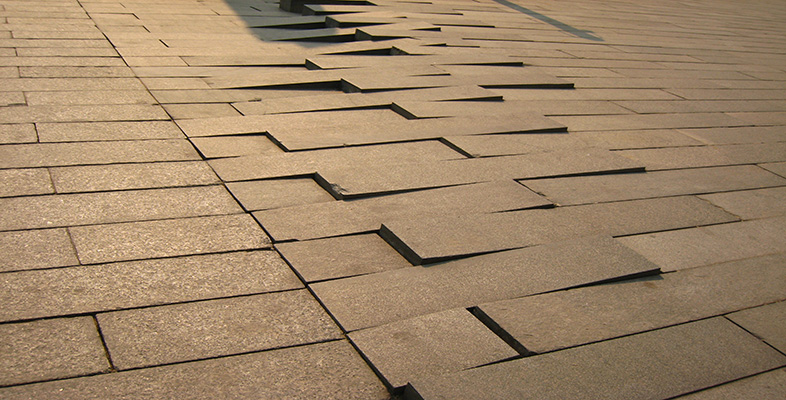- The Open University
- Guest user / Sign out
- Study with The Open University
- The Open University
- Guest user / Sign out
- Study with The Open University
My OpenLearn Profile
Personalise your OpenLearn profile, save your favourite content and get recognition for your learning

- It obviously goes without saying that the coverage was greatly impeded by the loss of interactive content even online:
"This element is no longer supported and cannot be used."
Perhaps static images would compensate for their loss, e.g., I did locate figures that acted as replacements for 2 of the earlier figures, though that left far too many gaps, where extensive references were made to now non-existent content.